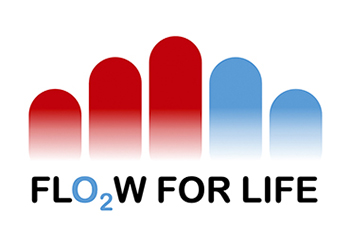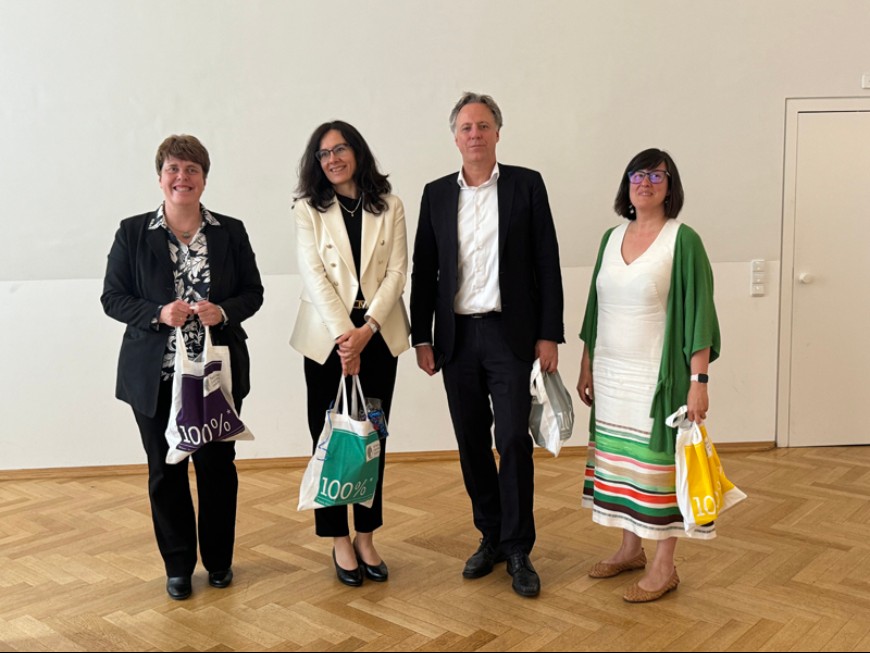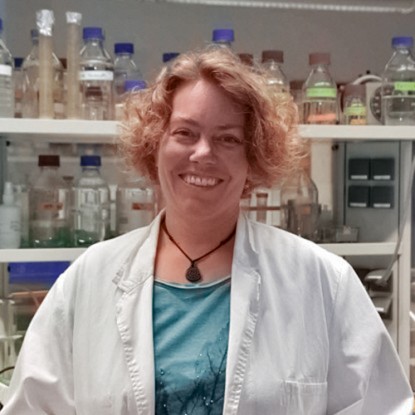FLOW FOR LIFE Minisymposium: Biomaterials & Tissue Engineering
Held on July 3rd, 2024 at Georg-Christoph-Lichtenberg-Haus, TU Darmstadt
2024/11/14
Speakers: Milica Radisic, University of Toronto |▪| Wolfram-Hubertus Zimmermann, Göttingen University Hospital |▪| Katharina Landfester, MPI for Polymer Research, Mainz |▪| Aránzazu del Campo, Leibniz Institute for New Materials, Saarbrücken
The interdisciplinary field of tissue engineering deals with the production of human tissue using various laboratory-based techniques. Findings and methods from biology, engineering, materials science and medicine are combined with the aim of creating tissue for applications in regenerative medicine or drug testing. A central aspect of tissue engineering is the use of biomaterials that serve as scaffolds for cells and support cellular functions (e.g. growth and maturation). The mini symposium “Biomaterials & Tissue Engineering”, which was organized by the LOEWE Research Cluster FLOW FOR LIFE, hosted four high-profile speakers that presented their current research on tissue engineering and biomaterials. Milica Radisic from the University of Toronto reported on the production and application of heart tissue in miniature format (“heart-on-a-chip”). In organ-on-a-chip models, cells are applied to a plastic platelet, the chip, using e.g. 3D printing. Via microfluidic microchannels the cells on the chip are supplied with nutrients or growth factors. In this way, it is possible to control the environment of the cultivated cells so that they develop their cell-specific functions and retain them. Dr. Radisic is one of the leading researchers in this field and she was awarded the prestigious Humboldt Research Prize for her work in 2024.
The second speaker, Wolfram-Hubertus Zimmermann, Director of the Institute of Pharmacology and Toxicology at Göttingen University Hospital, is also working on the production of functional human heart tissue. He reported on the long-term development of a heart patch, a piece of tissue produced in the laboratory, which consists of heart muscle and connective tissue cells embedded in a collagen hydrogel. This heart patch, which he developed together different cooperation partners, is transplanted directly onto the heart of patients with cardiac insufficiency. The heart patch is currently the only therapeutic approach in clinical trials in which heart tissue developed from pluripotent stem cells is implanted.
Katharina Landfester from the MPI for Polymer Research in Mainz presented her method for producing artificial cells from colloids using the mini-emulsion technique. This method can be used to produce both simple vesicles for transporting substances, such as drugs, and complex artificial cells with different organelles with specific functions.
This exciting round of talks was ended by Aránzazu del Campo from the Leibniz Institute for New Materials (Saarbrücken), who talked about the production and application of living materials. As an example of her research, she presented innovative contact lenses that contain a sealed layer of living bacteria. Bacterially produced substances (e.g. hyaluronic acid) can thus be released to improve the compatibility of the lenses without releasing bacteria from the material.
The event was completed with a poster session, during which young scientists from the FLOW FOR LIFE project were able to present and discuss the status of their research. Overall, it was an all-round successful event, for which the Georg-Christoph-Lichtenberg-Haus (originally built as a hotel in the historicist style and later when it became a Habsburg city palace, Art Nouveau elements were added) was chosen as a unique location.






